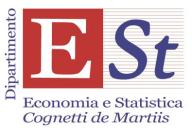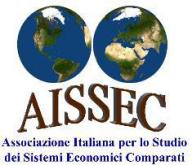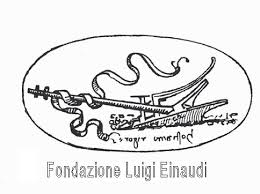By Olga Demidova [1]
The aim of this study is to examine the dynamics of income inequality across Russian regions over the past 11 years (2013–2023). To measure inequality, we use the Gini coefficient and the decile ratio (10/10 ratio). The analysis reveals substantial variation in inequality levels across regions, with the Gini index ranging from 0.32 to 0.49 and the decile ratio from 7.9 to 26.9. However, these indicators show limited variation over time. Overall, the level of inequality in Russia is relatively high. Nonetheless, between 2013 and 2023, there has been a general downward trend in inequality both at the national level and across most regions. For instance, Russia's Gini coefficient decreased from 0.417 in 2013 to 0.406 in 2020, further declining to 0.398 in 2022 before slightly increasing to 0.405 in 2023.
The first key question explored in this study is whether there is a relationship between the level of economic well-being in Russian regions and their respective levels of inequality. According to Kuznets’ hypothesis, as economic development progresses, inequality initially rises until a certain threshold is reached, after which it begins to decline — suggesting an inverted U-shaped relationship between income inequality and economic development. To investigate whether Russian regions have followed this pattern, panel fixed-effects models were estimated.

where i denotes the region number, t = 2013, …,2023 represents the year, GINIit is the Gini coefficient for region i at year t and 10/10shareit is the decile ratio for region i at year t. The main independent variables are mean, which is the ratio of per capita mean income to the minimum subsistence level, and median, which is the ratio of median per capita income to the minimum subsistence level. Additionally, αi represents region-specific fixed effects, ςt denotes time effects, and εit is the error term.
The estimates of β1 were negative, while those of β2 were positive, confirming the inverted U-shaped relationship between income inequality and economic development, consistent with the Kuznets hypothesis.
The next step of the analysis focused on determining whether Russian regions have reached a turning point, i.e., a level of income after which inequality would begin to decline. Using the estimates of β1 and β2, these turning points were calculated and compared with the minimum and maximum values of the variables mean and median.
The results indicated that almost all Russian regions remain on the ascending branch of the Kuznets curve, meaning they have not yet reached the level of economic development after which inequality would start to decline. Therefore, the analysis shows that, so far, higher economic development is associated with higher levels of inequality in most regions. However, a few regions — notably Moscow and the Yamalo-Nenets Autonomous Okrug — are approaching the turning point.
An analysis of the time effects ςt further revealed that the level of inequality has been steadily decreasing since 2017, with particularly notable reductions in 2022 and 2023.
[1] Higher School of Economics University, Moscow Russia,









